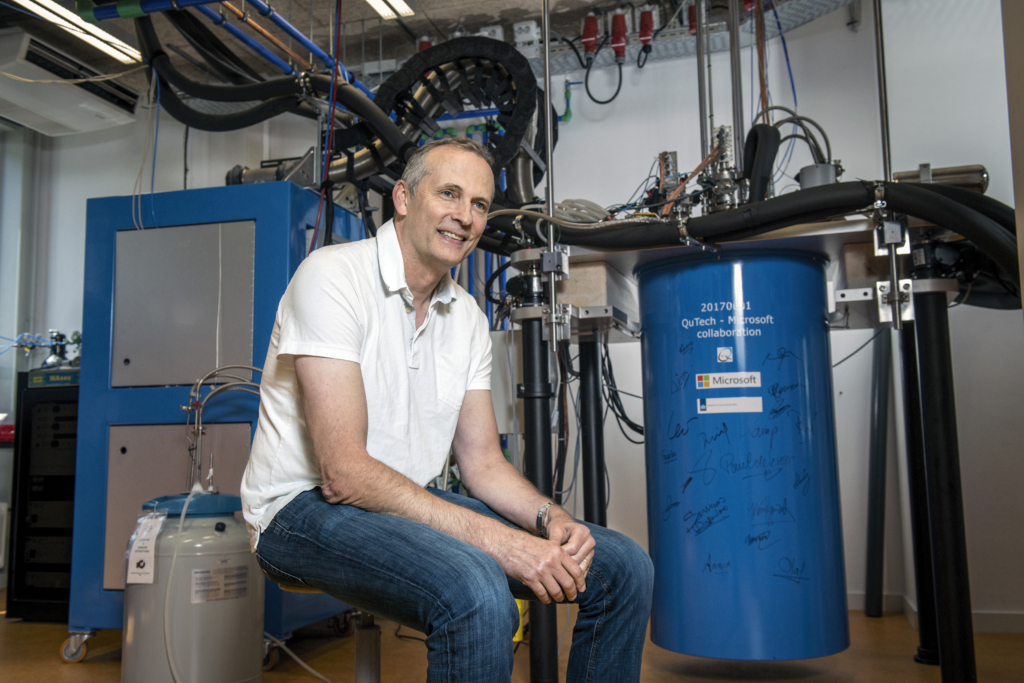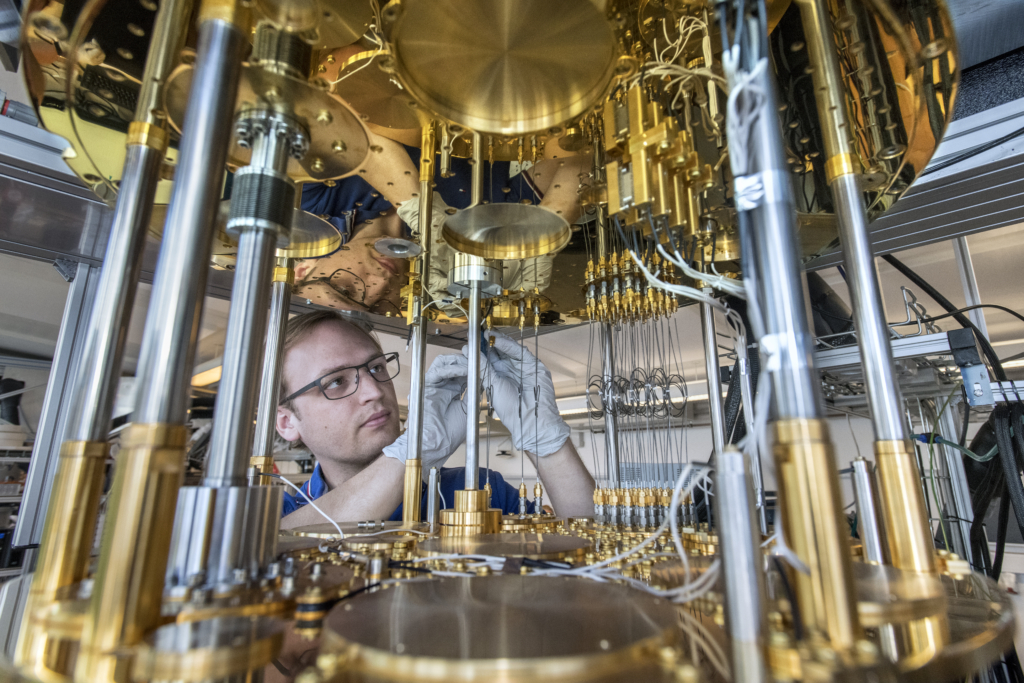The Northwest is brimming with talented, dedicated people who can deliver quantum computing advances today and secure our quantum future for tomorrow. Today, at the inaugural Northwest Quantum Nexus Summit, we announced the Northwest Quantum Nexus, a coalition assembled by three keystone partners: Microsoft Quantum, the Pacific Northwest National Laboratory, and the University of Washington.
In line with the goals of the National Quantum Initiative Act, the Northwest Quantum Nexus accelerates Quantum Information Science (QIS) to develop a quantum economy and workforce in the greater Pacific Northwest region of the United States and Canada. The high concentration of quantum activity in the Northwest makes it one of the top regions globally to address key QIS needs. The goal of the two-day Summit this week is to bring together the region’s experts who can define the region’s potential to drive quantum computing’s future.
Its objectives include:
- Bringing together academia, government, startups, and industry to pursue multi-disciplinary QIS research to deliver scalable quantum computing.
- Pursuing quantum computing via collaborative research and development, targeted quantum algorithms and programming, and the development of quantum materials.
- Capitalizing on public-private partnerships to promote a rapid exchange of knowledge and resources and drive discoveries in quantum technologies.
- Applying research outcomes to application areas and testbeds, including clean energy and sustainability.
- Cultivating the future quantum workforce through programs that range from early to higher education and professional levels, as well as the corresponding network of institutions and outlets offering curriculum and training opportunities.
“The Northwest Quantum Nexus represents another big step toward the development of scalable, stable quantum computers,” says Todd Holmdahl, Corporate Vice President of Microsoft Quantum. “The partnership just makes a lot of sense – we’re already one of the top regions in the world for quantum research, and the Nexus will help us leverage that expertise to build a quantum-ready workforce and boost the region and nation’s quantum ecosystem.”

The Northwest Quantum Nexus intersects with another complementary, broad-based initiative led by Microsoft, the Microsoft Quantum Network. Both the Northwest Quantum Nexus and the Microsoft Quantum Network were begun with the understanding that creating a scalable quantum computer will require the collective effort of many skilled and diverse teams. Just last week, Microsoft hosted the Microsoft Quantum Network’s first Startup Summit.
Creating a regional quantum powerhouse
The Northwest Quantum Nexus partnership unites considerable intellectual talent. The University of Washington is one of the top research institutions in the world. It recently established UW Quantum X, which joins existing research endeavors across the university in QIS, including quantum sensing, quantum computing, quantum communication, and quantum materials.
Recently, in a partnership of Microsoft Quantum researchers and the University of Washington faculty, we identified opportunities to ready students with quantum computing programming skills and an understanding of quantum algorithms. Microsoft researchers now teach quantum computing programming and algorithm development with the Q# programming language, giving students a head start in developing quantum solutions.
Pacific Northwest National Laboratory’s (PNNL) QIS program includes capabilities in algorithm development and programming, as well as expertise in materials synthesis and characterization, quantum chemistry applications, quantum sensing, and workforce development – all fields are seeing tremendous advances today due to the power of a quantum computer.
Microsoft has recently collaborated with PNNL on the Microsoft Quantum Development Kit chemistry library. The library can be used in conjunction with NWChem, an open-source, high-performance computational chemistry tool funded by the U.S. Department of Energy’s Office of Science. With the state-of-the-art tools provided in the Quantum Development Kit – including resource estimation, algorithm programming, debugging and simulation – this collaboration enables chemists to develop quantum chemistry solutions for a quantum computer, and better understand what that solution can look like today.
As for Microsoft, we’ve been driving advances in quantum computing and software development for 15 years. We see the power of quantum computing as solving some of the world’s most challenging problems for a wide range of industries – healthcare, environmental sciences, financial services, auto engineering, and others. Our team of experts in quantum physics, mathematics, computer science, and engineering have partnered with universities, industry, and government on cross-cutting research to advance our scalable qubit approach across the globe.

The prominence of the Northwest Quantum Nexus is expected to increase the visibility of QIS research, leading to even greater collaboration and drawing quantum talent – trainees and employers – to the U.S. Locally, the Northwest Quantum Nexus will help position the greater Pacific Northwest region as a global leader for creating and sustaining an exceptional quantum workforce and economy.
Says Krysta Svore, General Manager for Quantum Software at Microsoft: “The Northwest Quantum Nexus is a pivotal element to making scalable quantum computing a reality. It enables the type of synergistic research and development needed to deliver critical technological advances from quantum algorithms and programming to materials design and development.”
Visit the Northwest Quantum Nexus web site to learn more about this important coalition.
